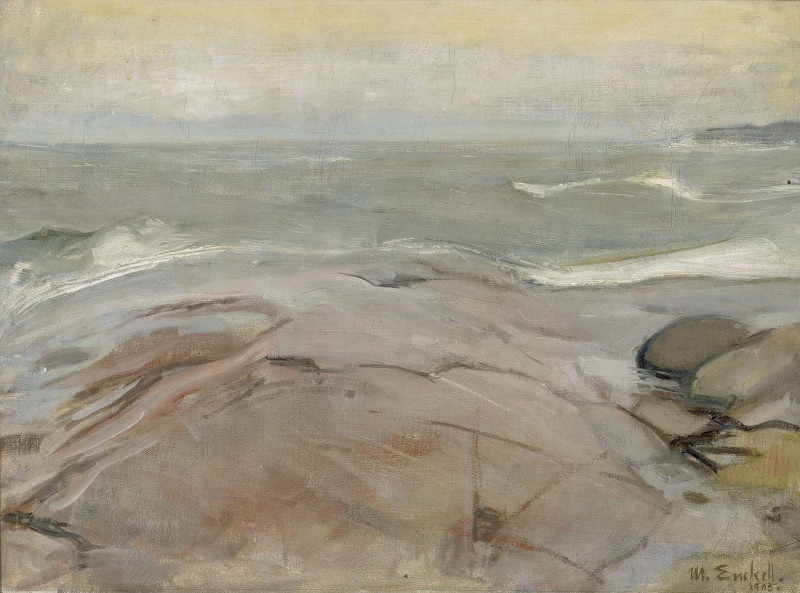Cabane Sous Les Arbres (1892)
Technique: Giclée quality print
Recommended by our customers
More about this artwork
Titled "Cabane Sous Les Arbres" (1892), this evocative painting by Paul Gauguin captures a serene snapshot of rustic life amidst a lush, tropical backdrop. Painted during his first stay in Tahiti, Gauguin’s work is a vivid portrayal of the simple yet harmonious existence he observed on the island.The painting depicts a traditional Tahitian hut, partially hidden under the canopy of towering trees and dense foliage. The structure, characterized by its thatched roof and open walls, blends seamlessly into the serene, natural environment, suggesting a peaceful coexistence with nature. A figure in traditional attire appears near the entrance of the hut, hinting at the daily life and culture of the Tahitian people.Gauguin’s use of dynamic colors and bold strokes brings this composition to life, with verdant greens, earthy browns, and vibrant yellows creating a tapestry of color that is both striking and harmonious. In the foreground, a stark white bird searches the ground, adding a vibrant contrast to the rich colors of the landscape."Cabane Sous Les Arbres" not only reflects Gauguin’s fascination with and respect for Tahitian culture but also his mastery in portraying exotic locales with a palette that evokes a sense of wonder and exoticism.
Delivery
Returns
Eugène Henri Paul Gauguin was a French Post-Impressionist artist. Unappreciated until after his death, Gauguin is now recognized for his experimental use of color and Synthetist style that were distinct from Impressionism. Toward the end of his life, he spent ten years in French Polynesia. The paintings from this time depict people or landscapes from that region.

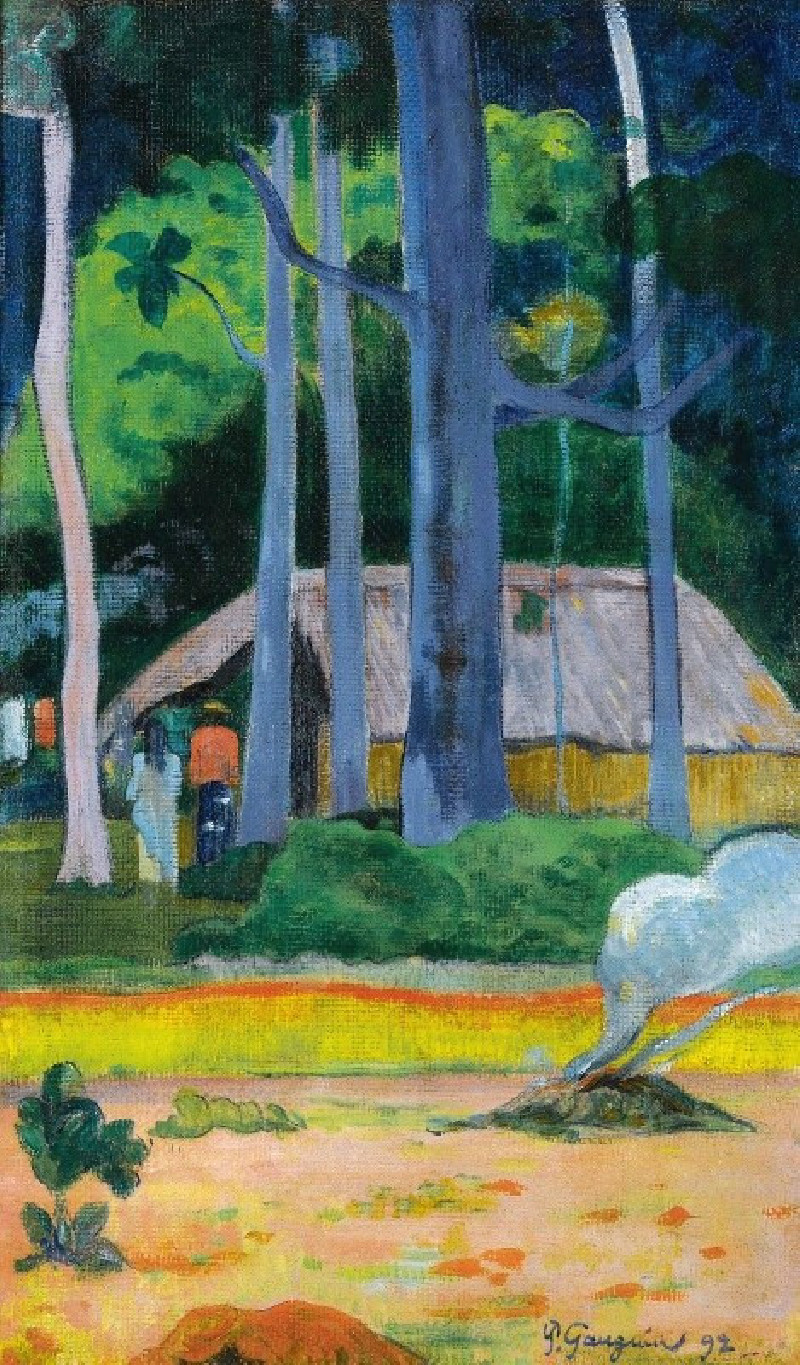
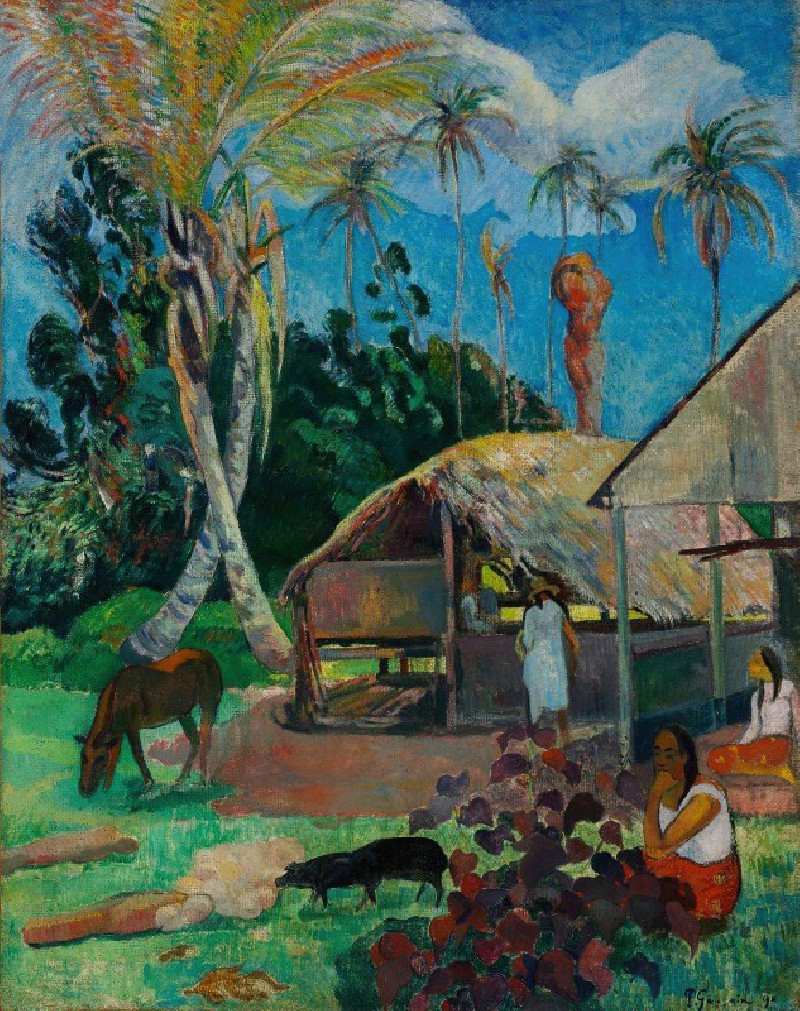
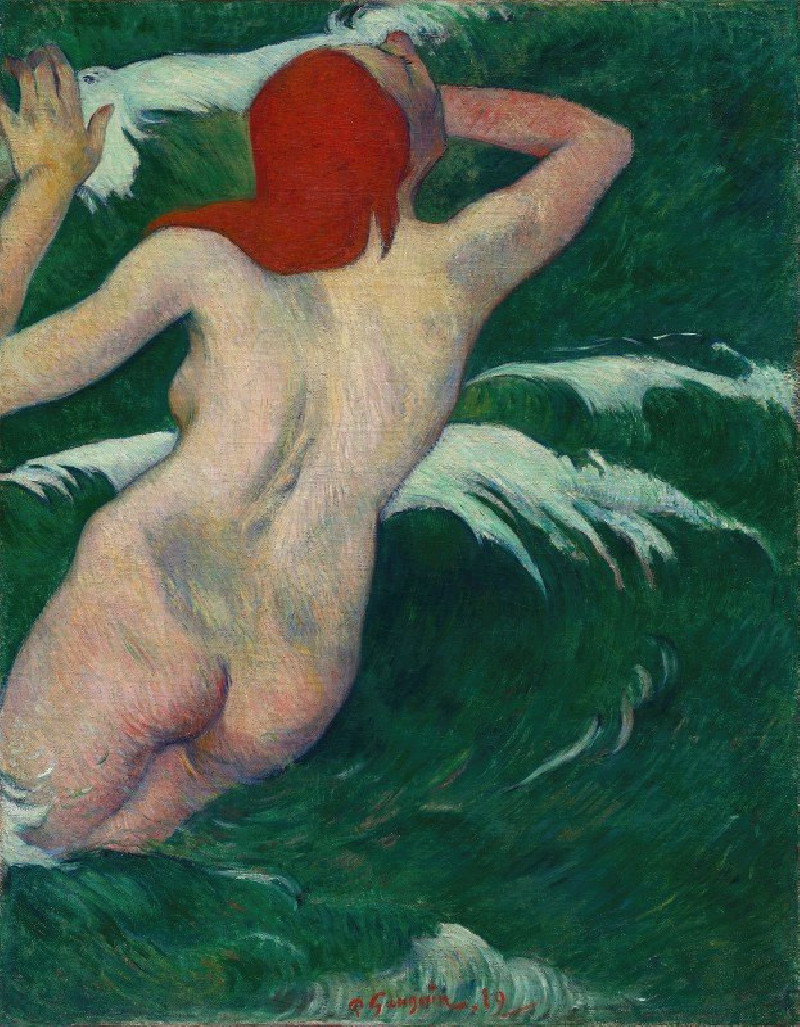
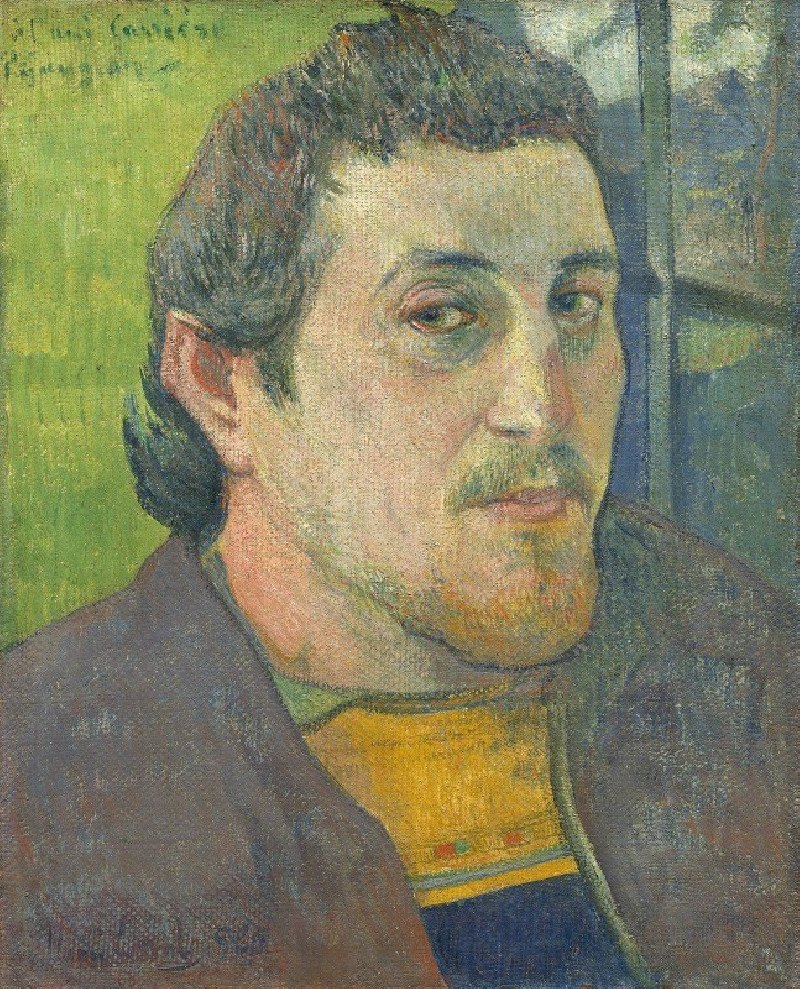
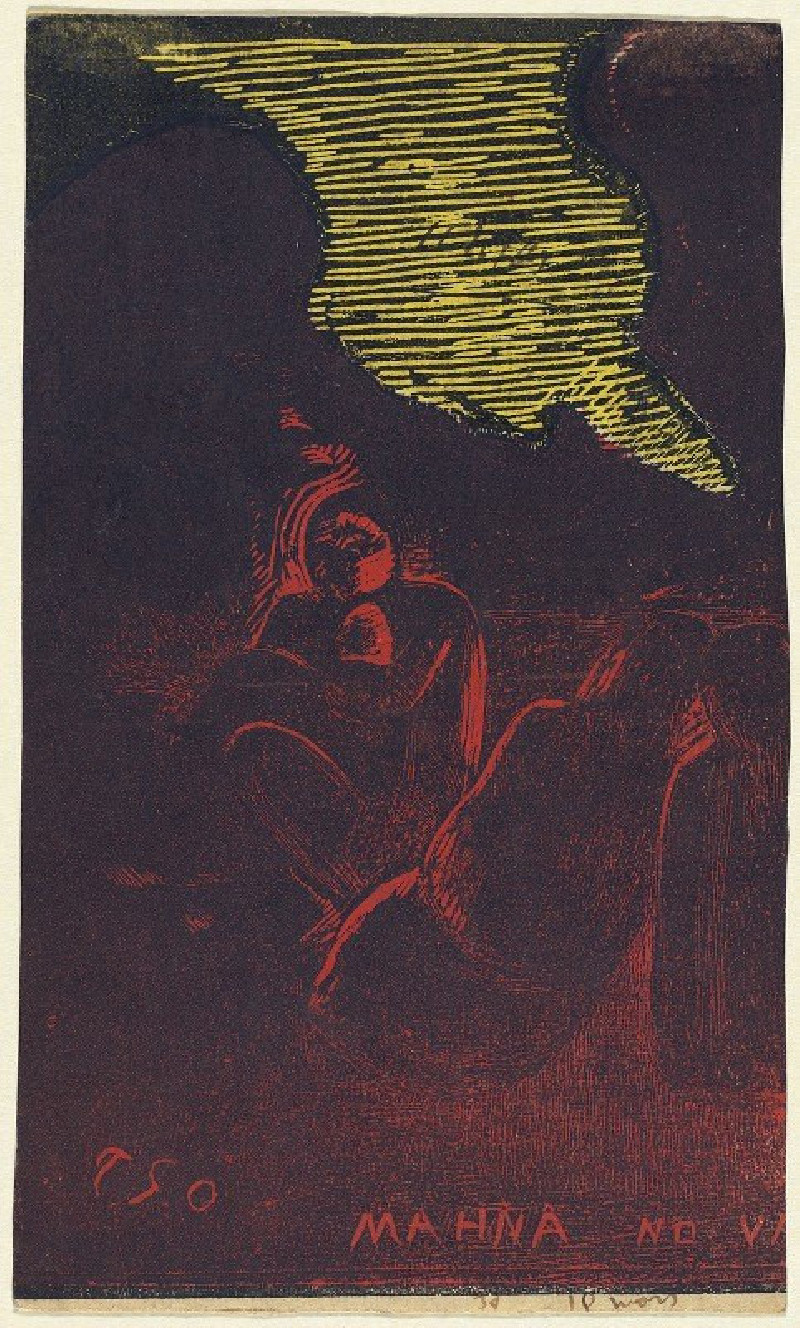
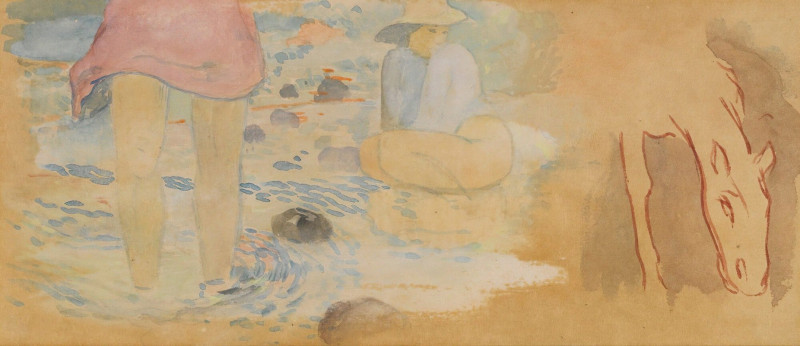
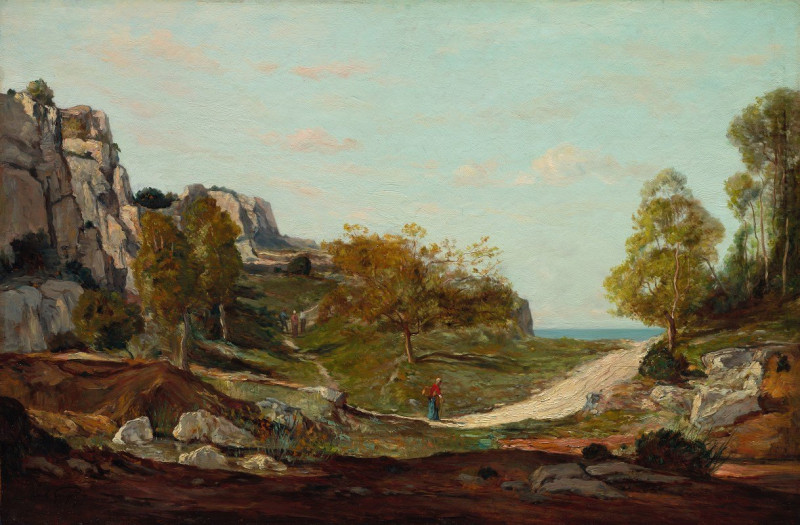
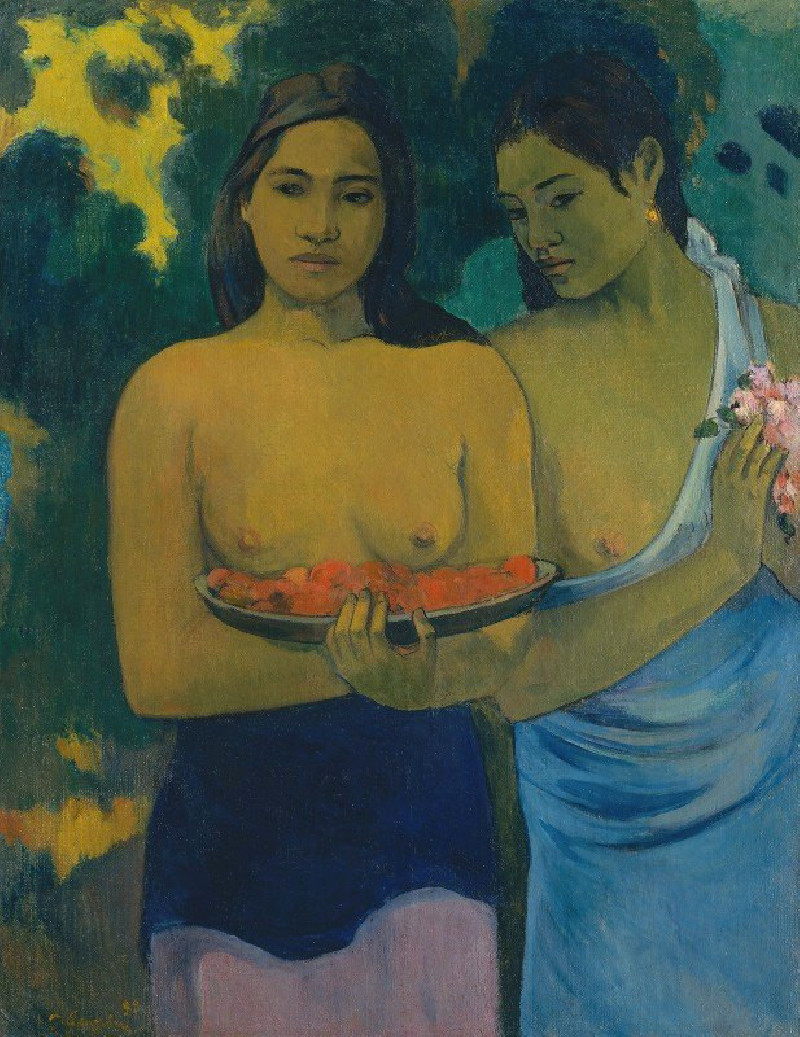
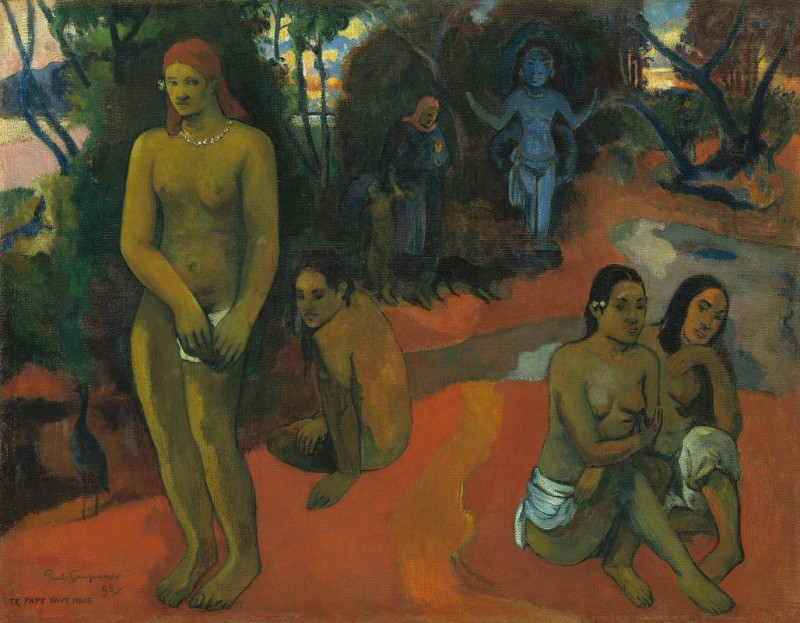
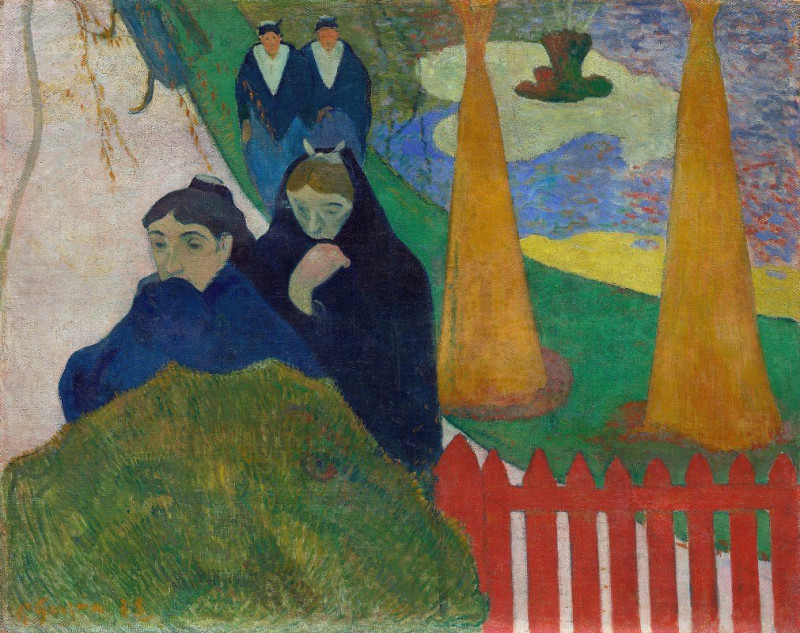
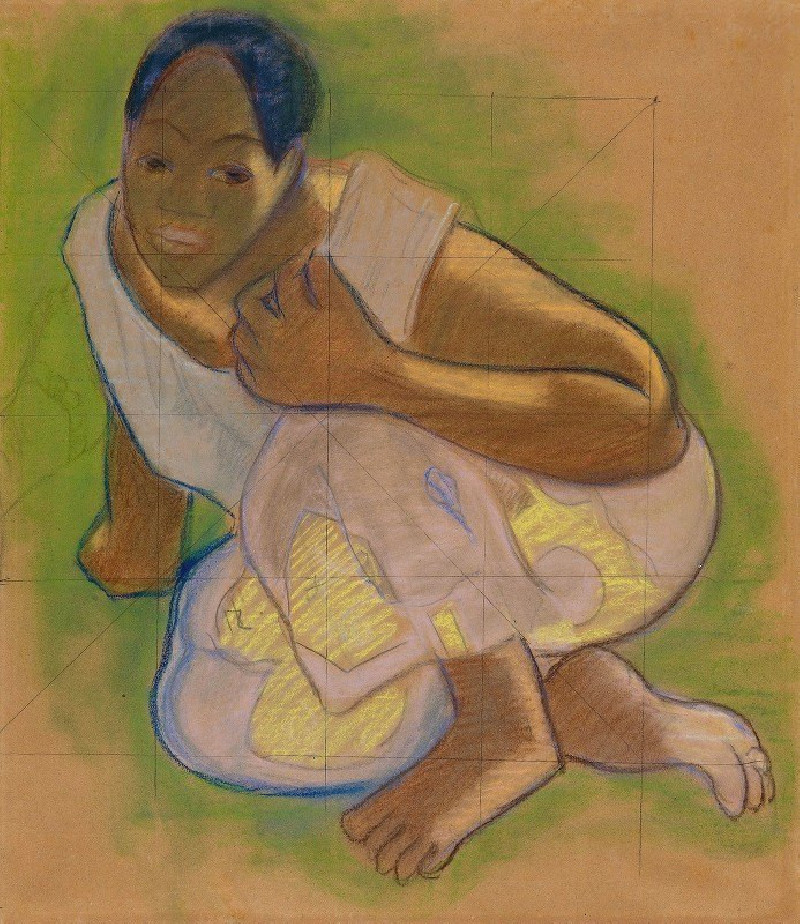

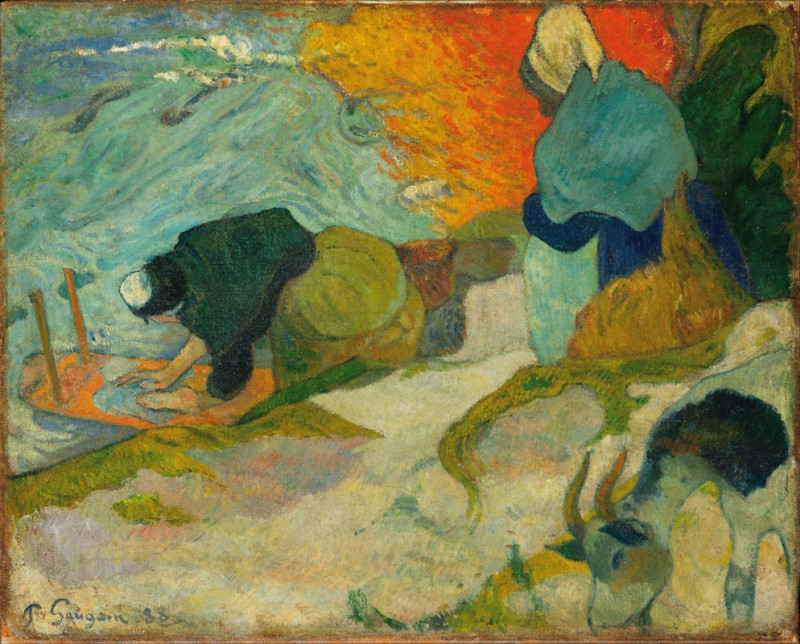
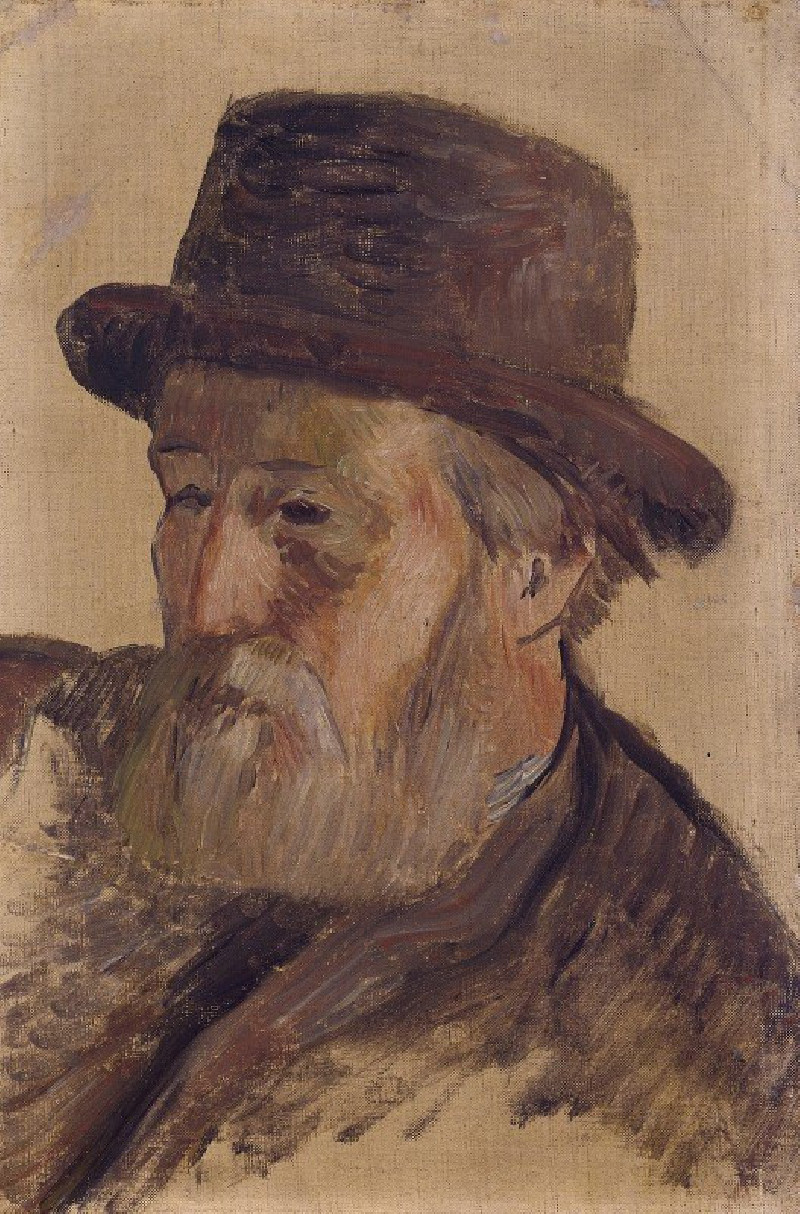
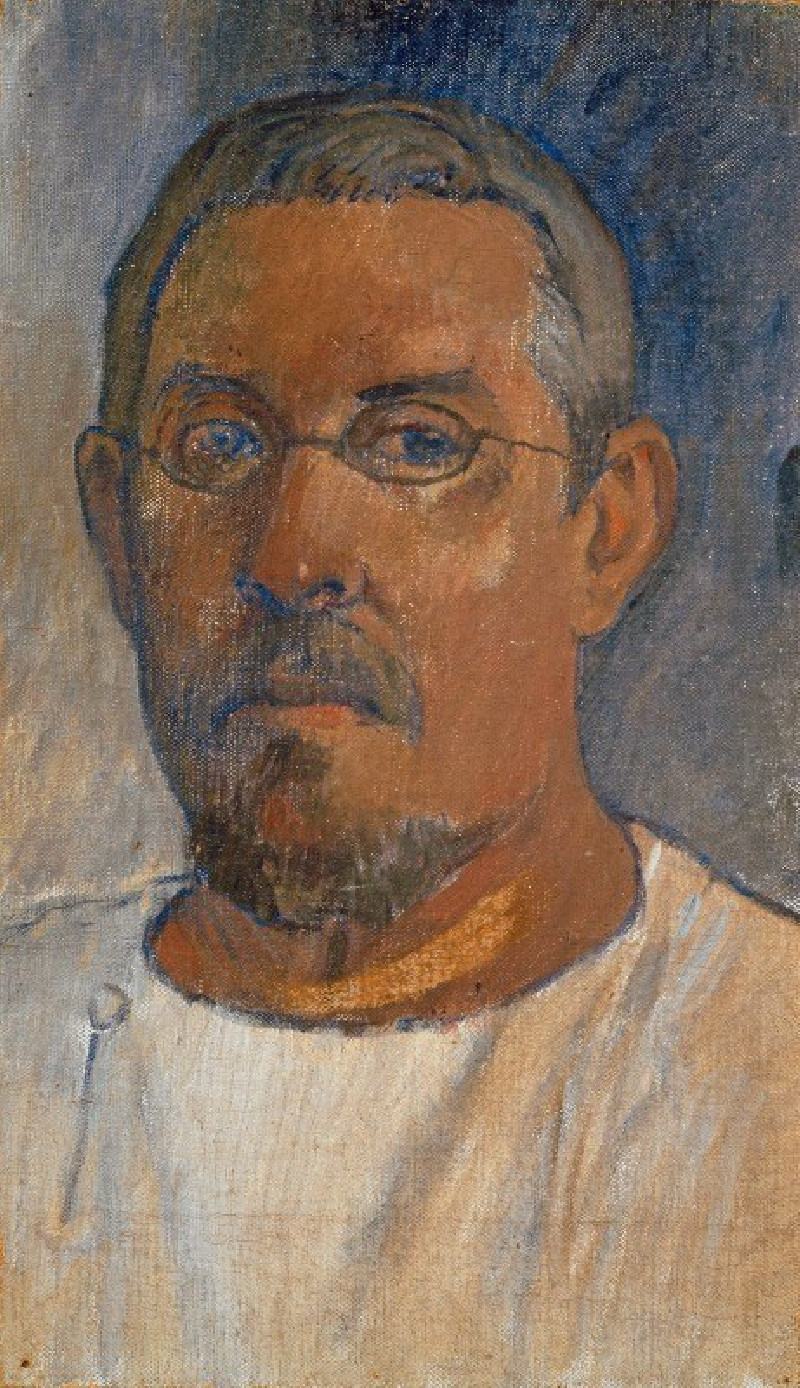

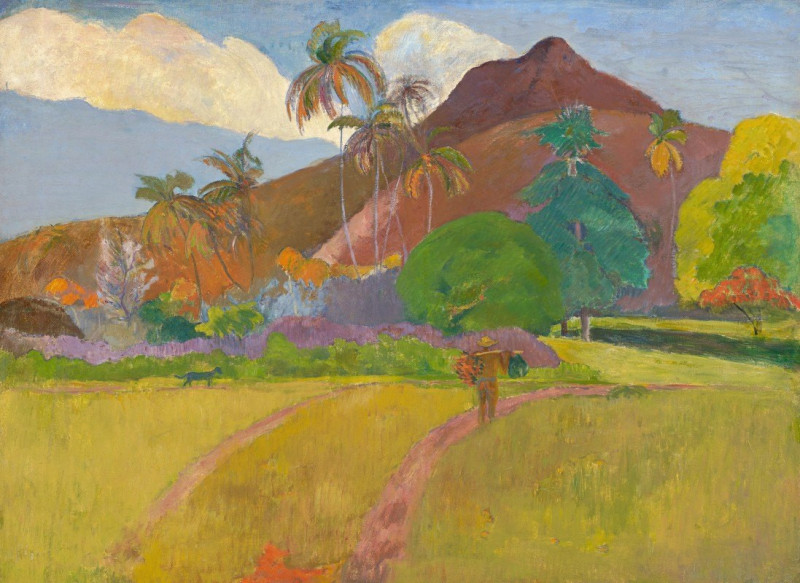
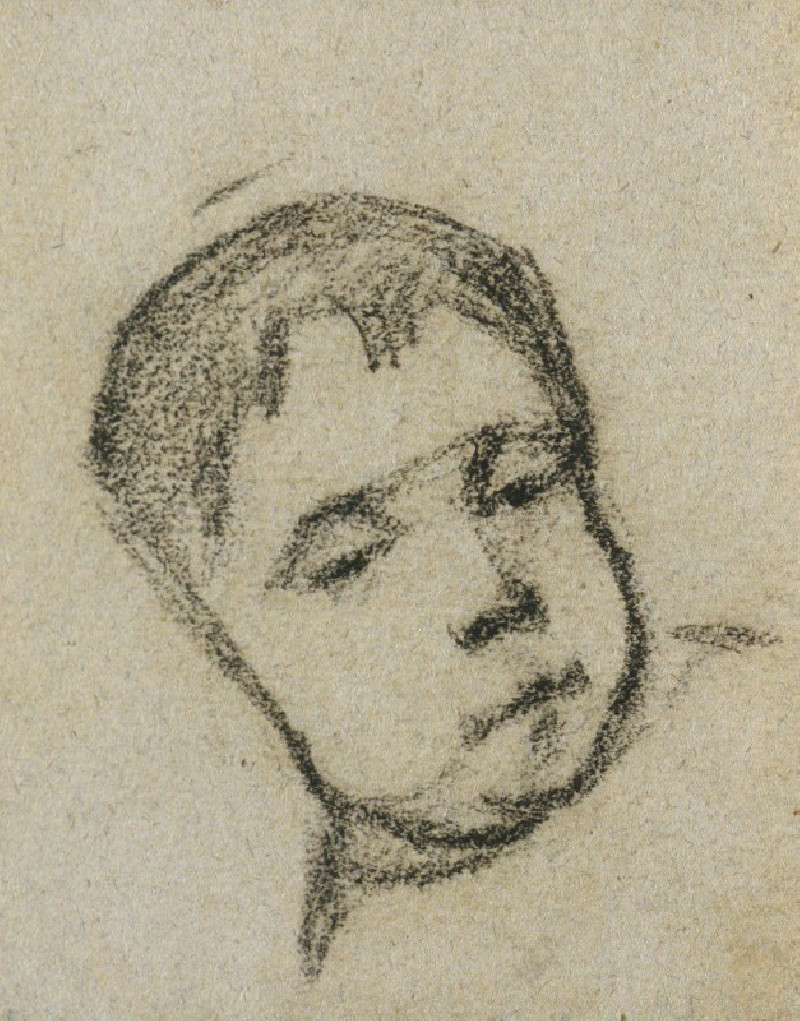

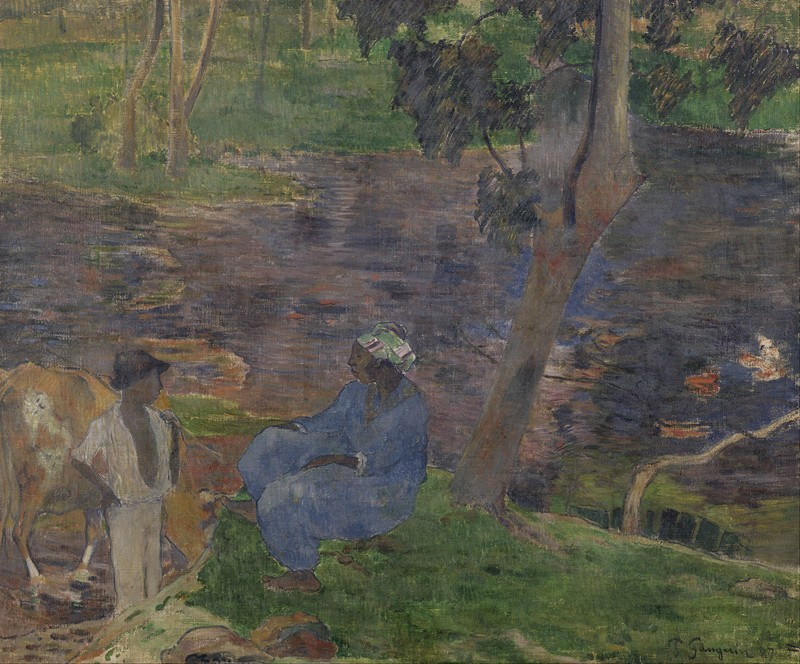

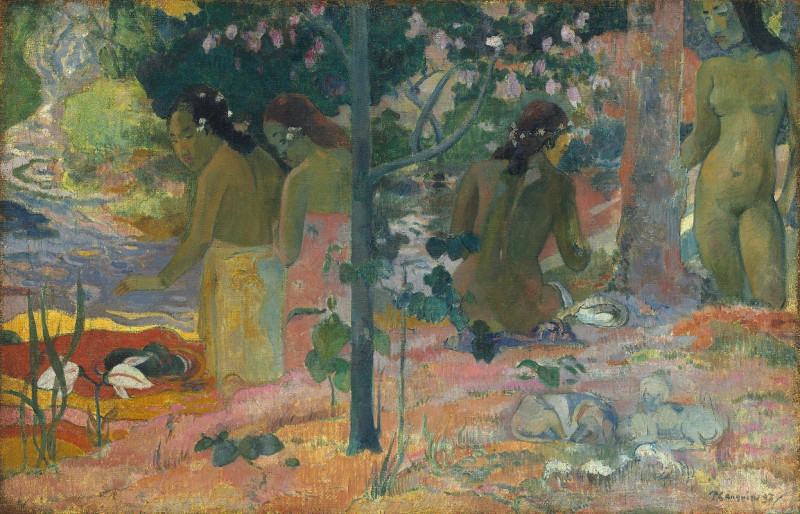


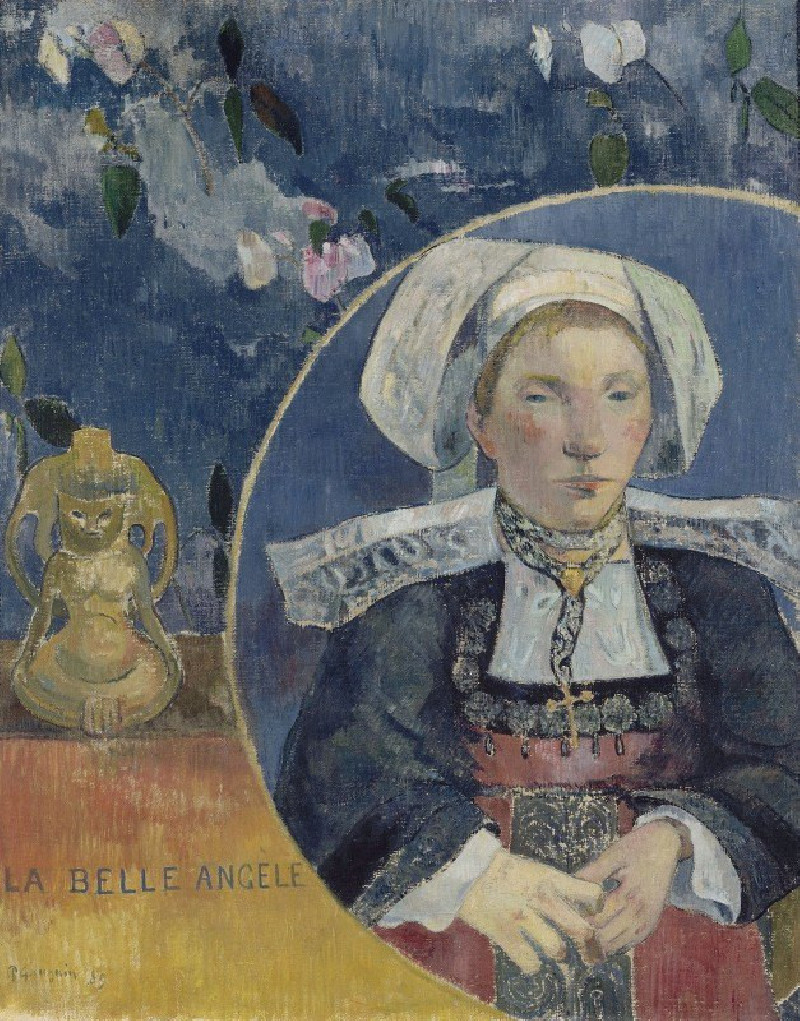
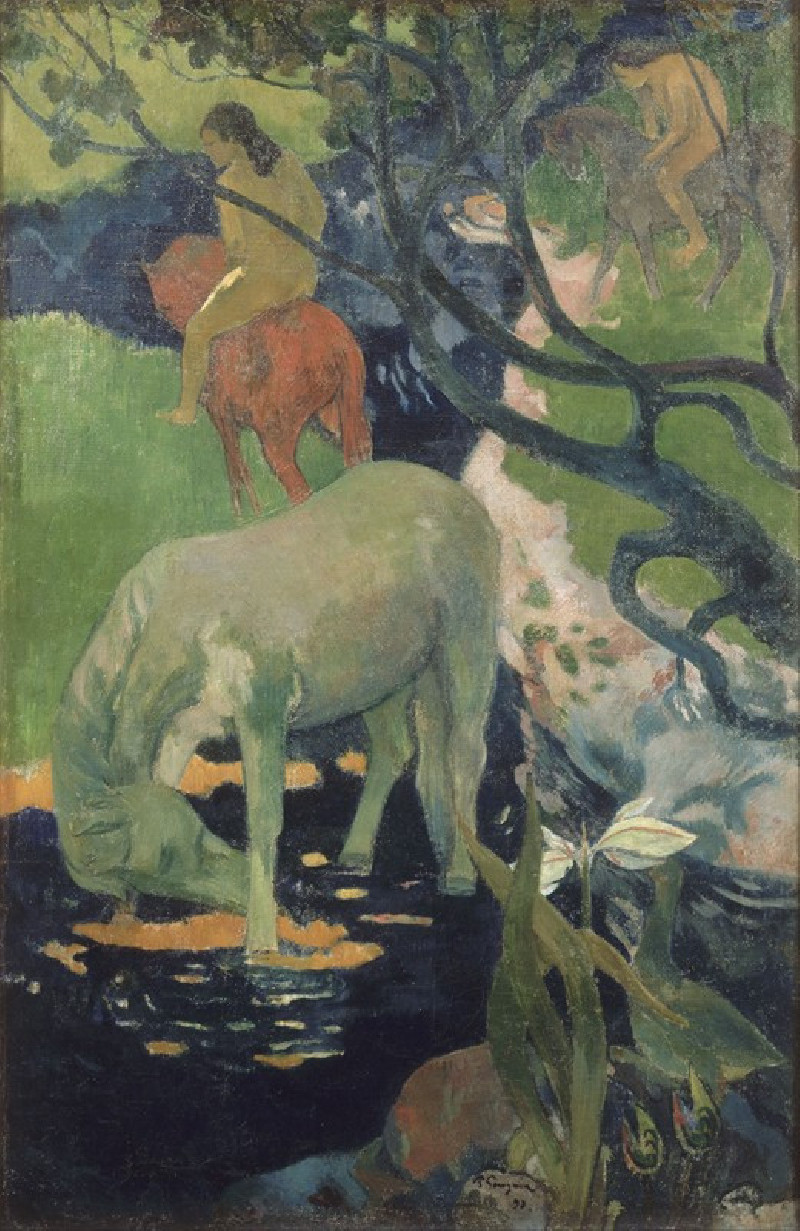



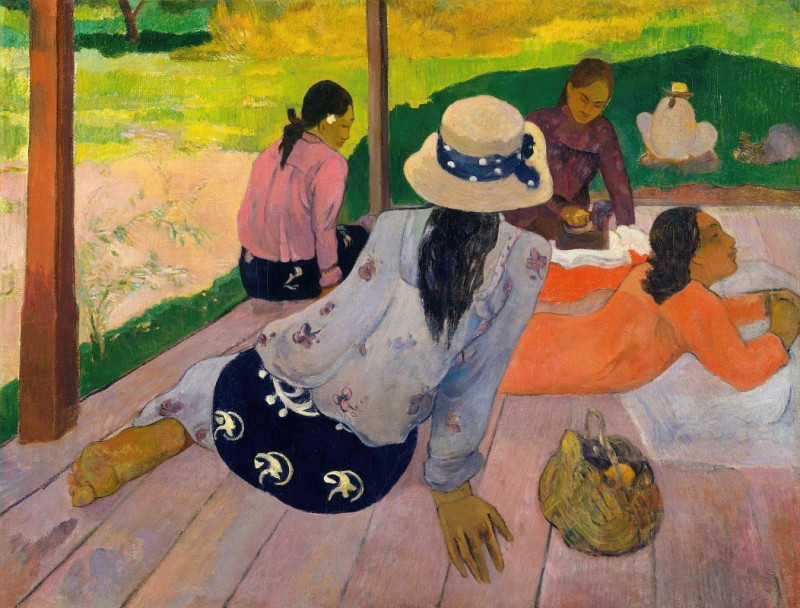
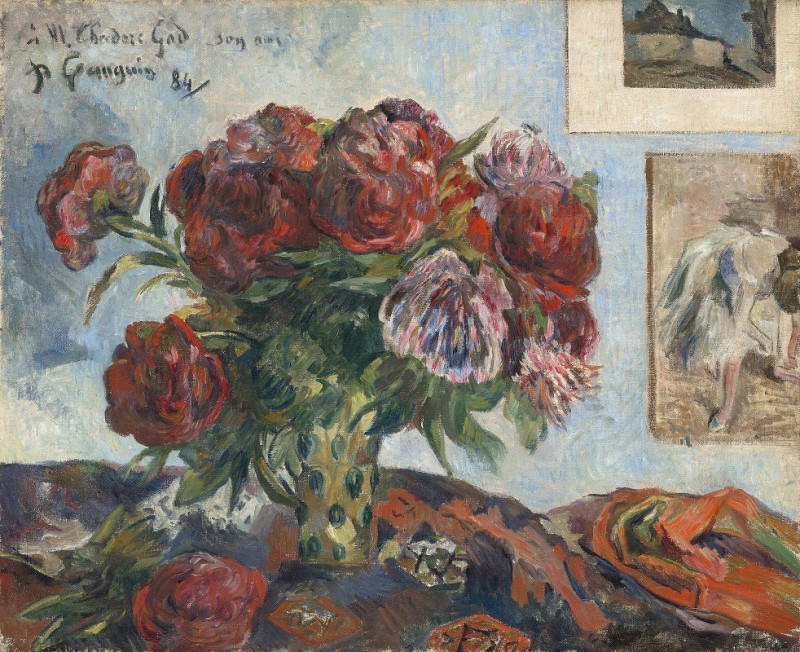
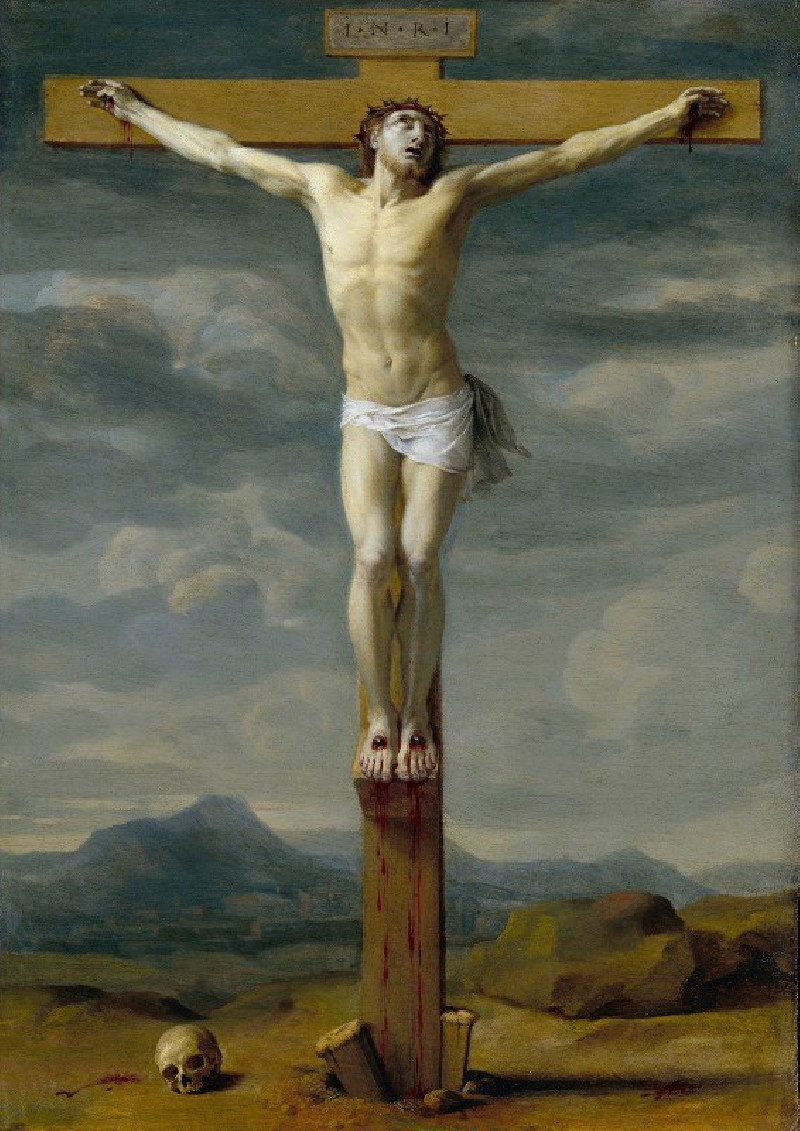
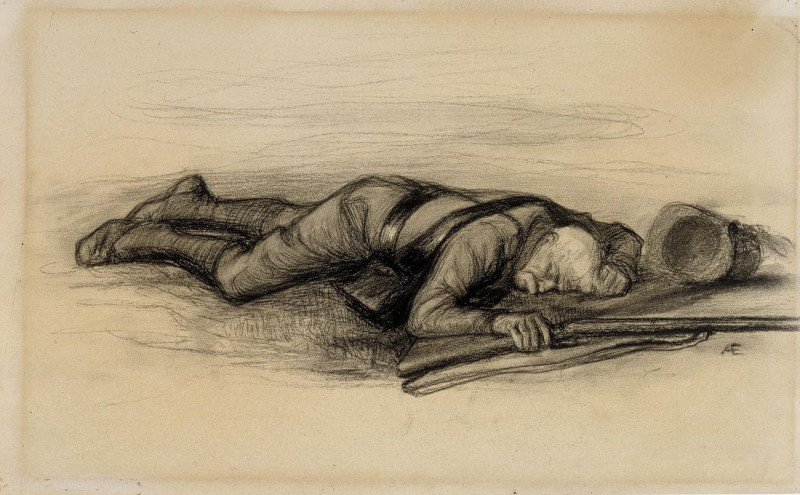

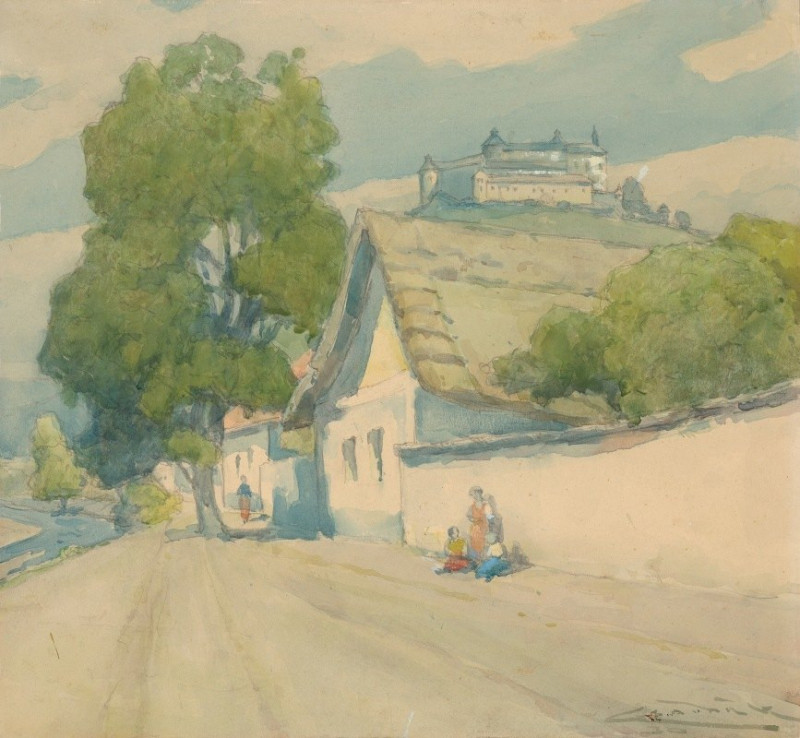
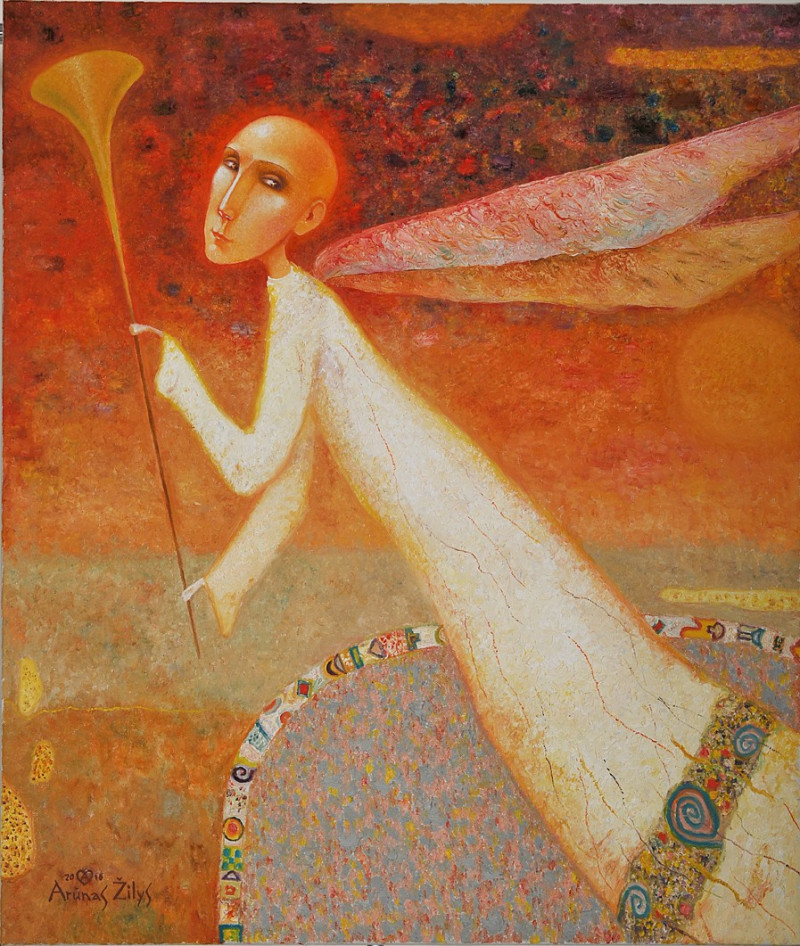
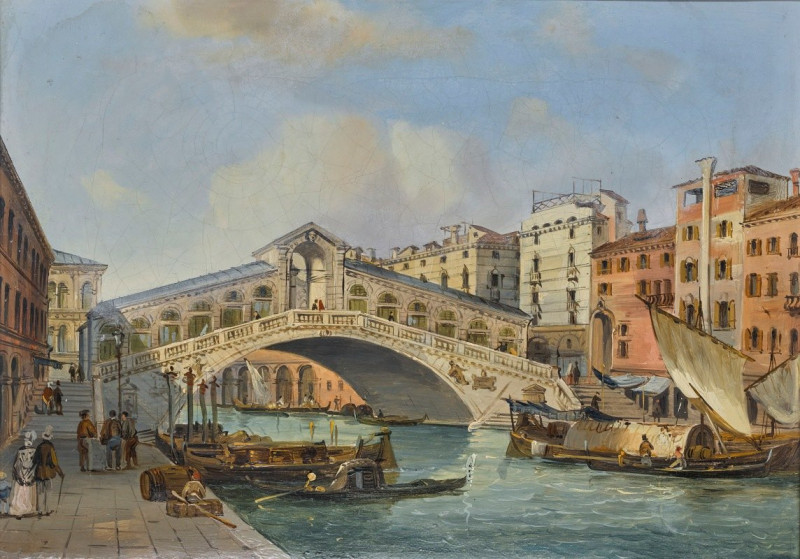

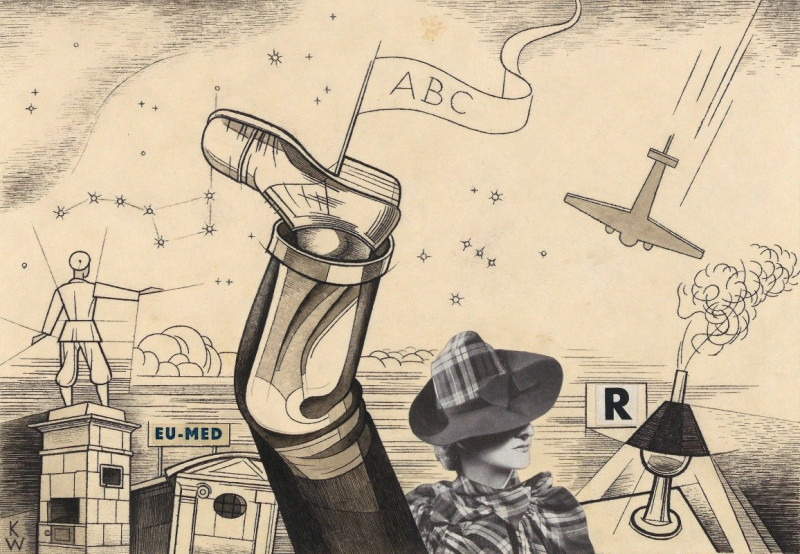
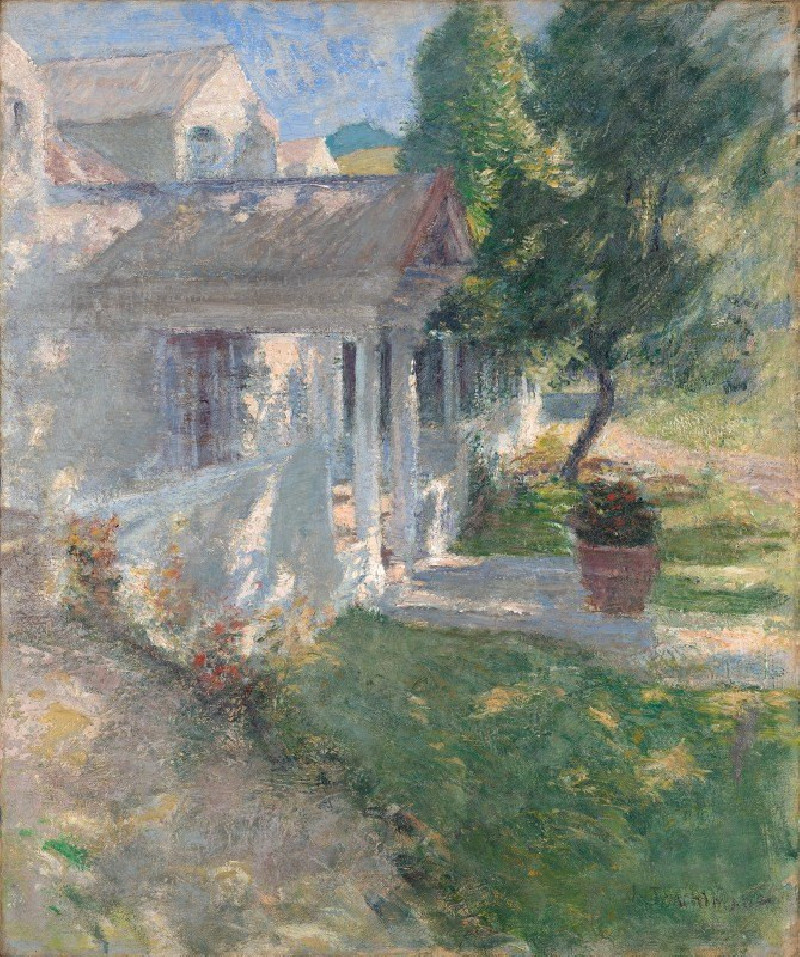
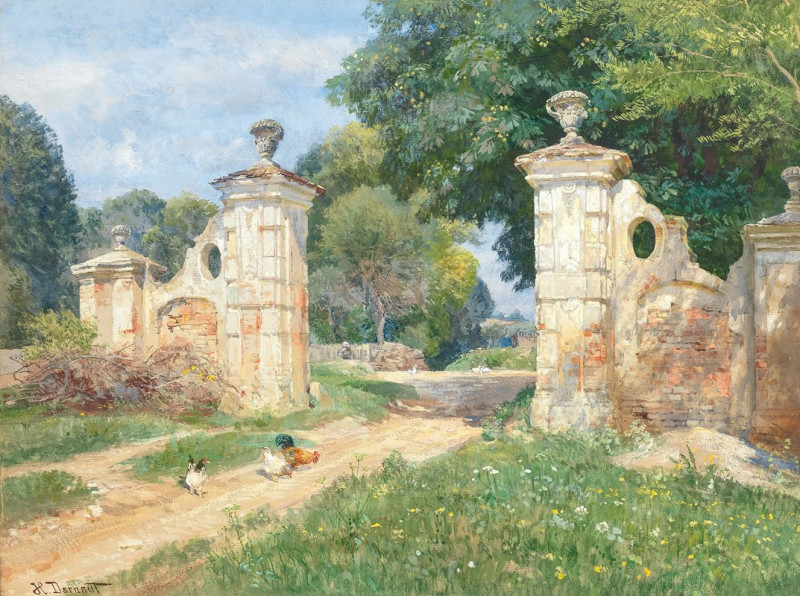

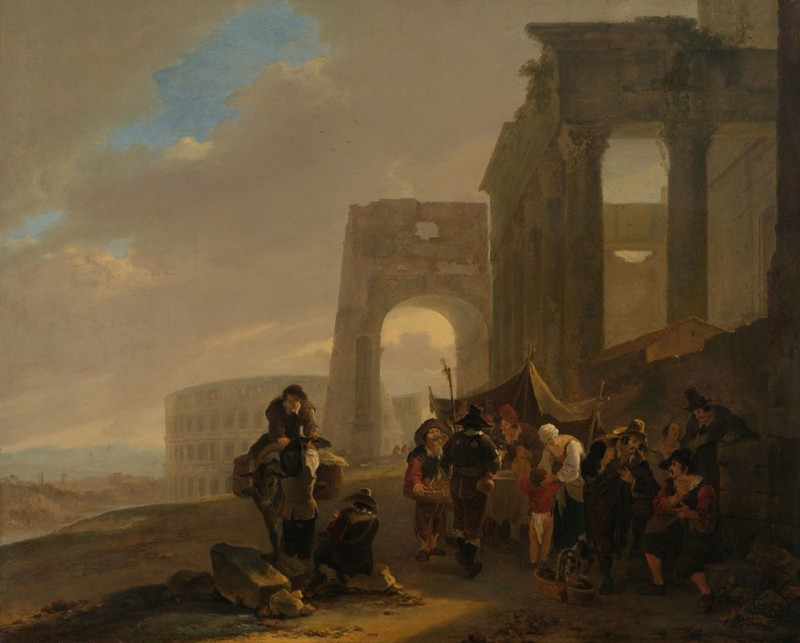
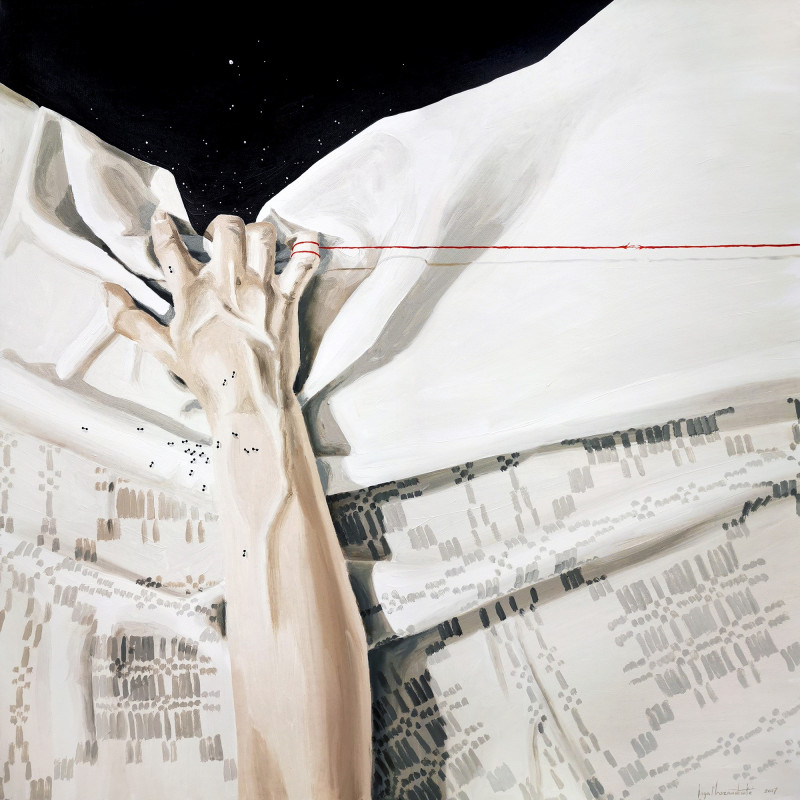
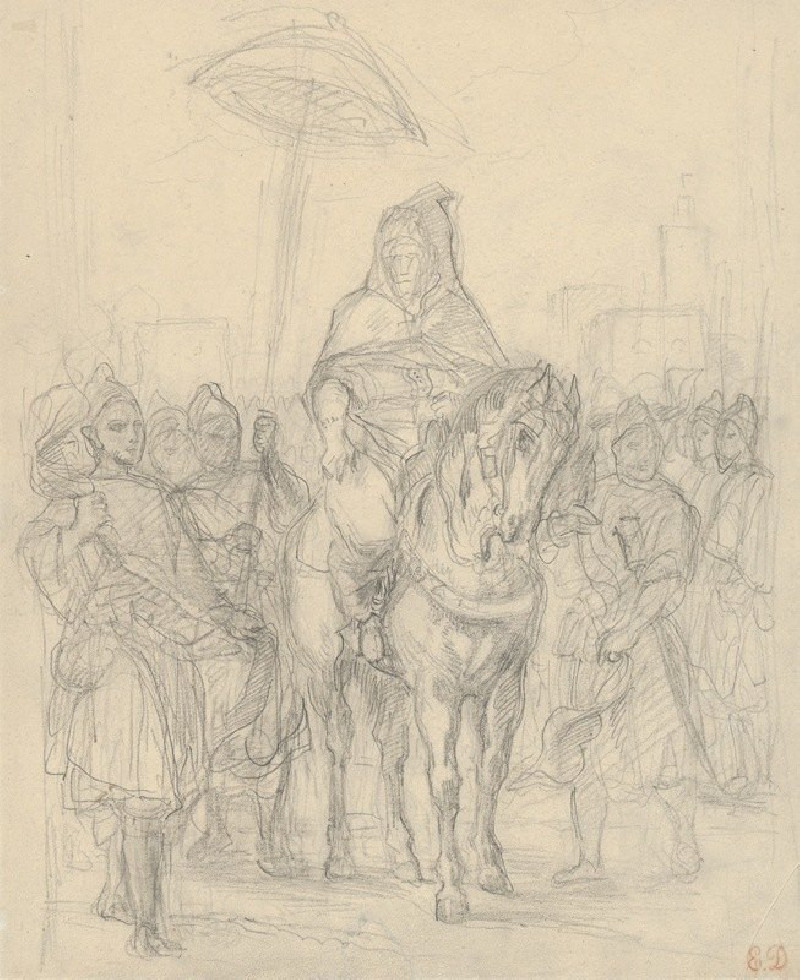
![At Rajemahal [Rajmahal] reproduction of painting by Samuel Davis. ALL GICLEE PRINTS](https://reprodukcijos.lt/45347-large_default/reproduction-of-at-rajemahal-rajmahal.jpg)
